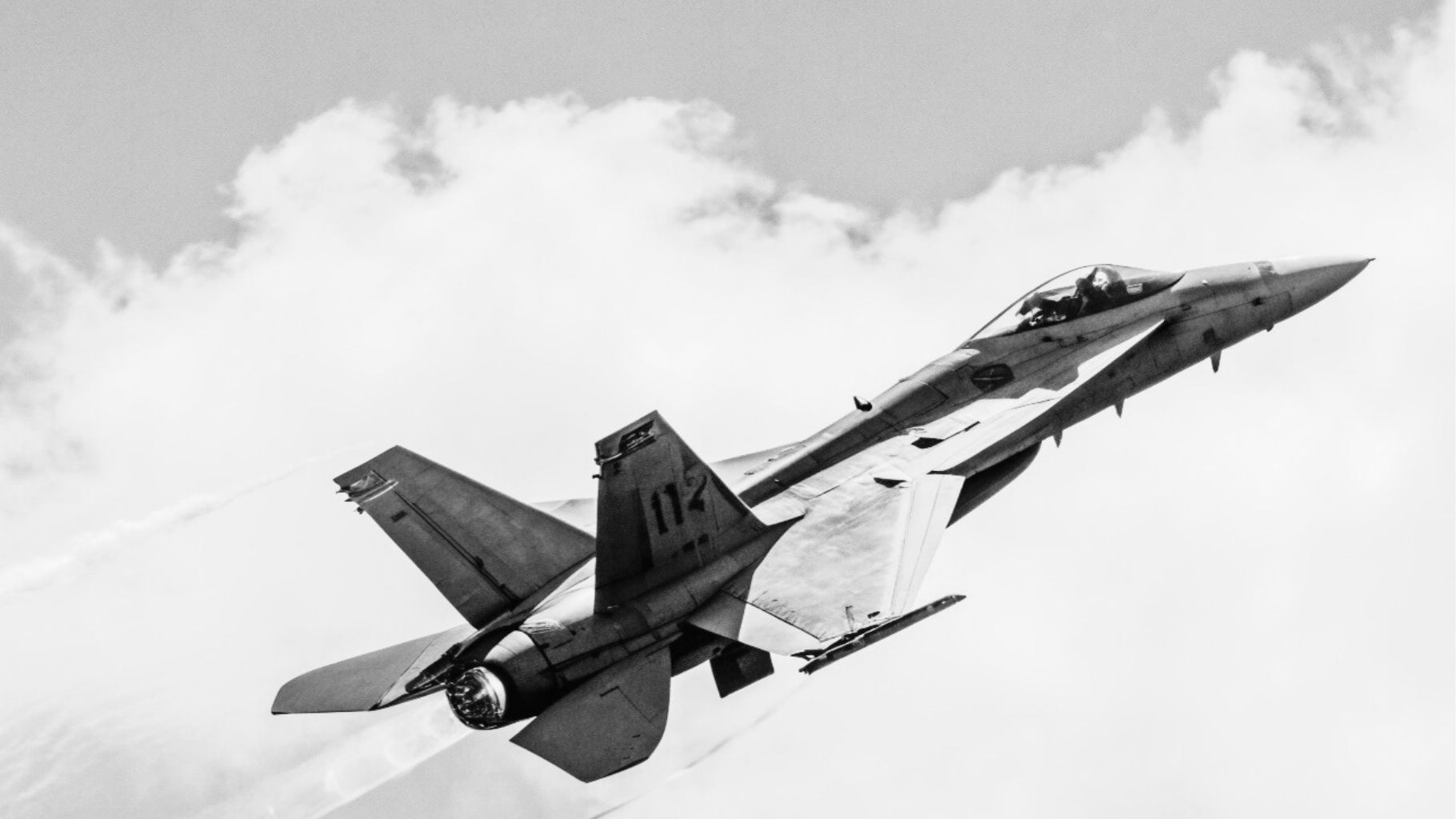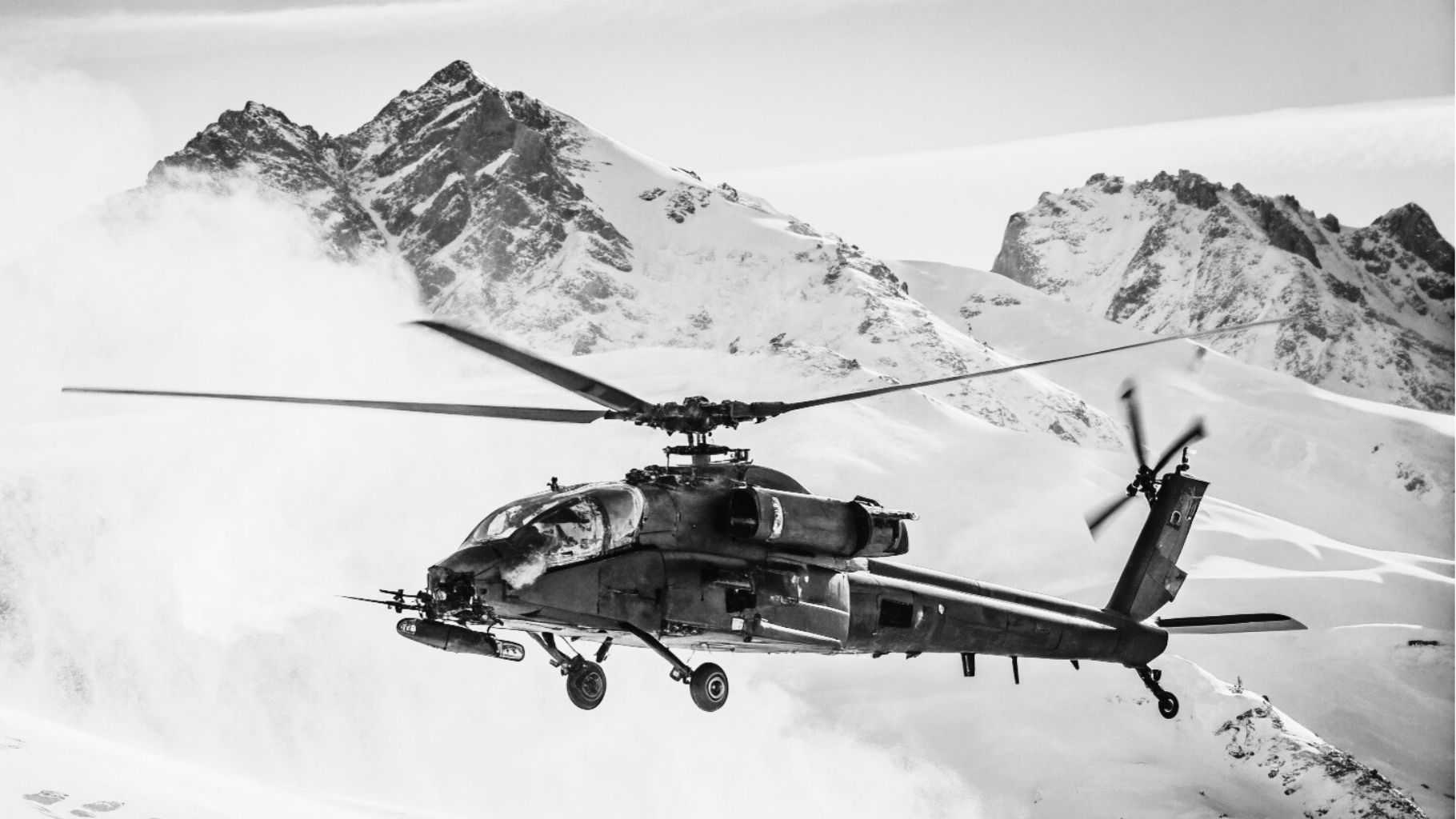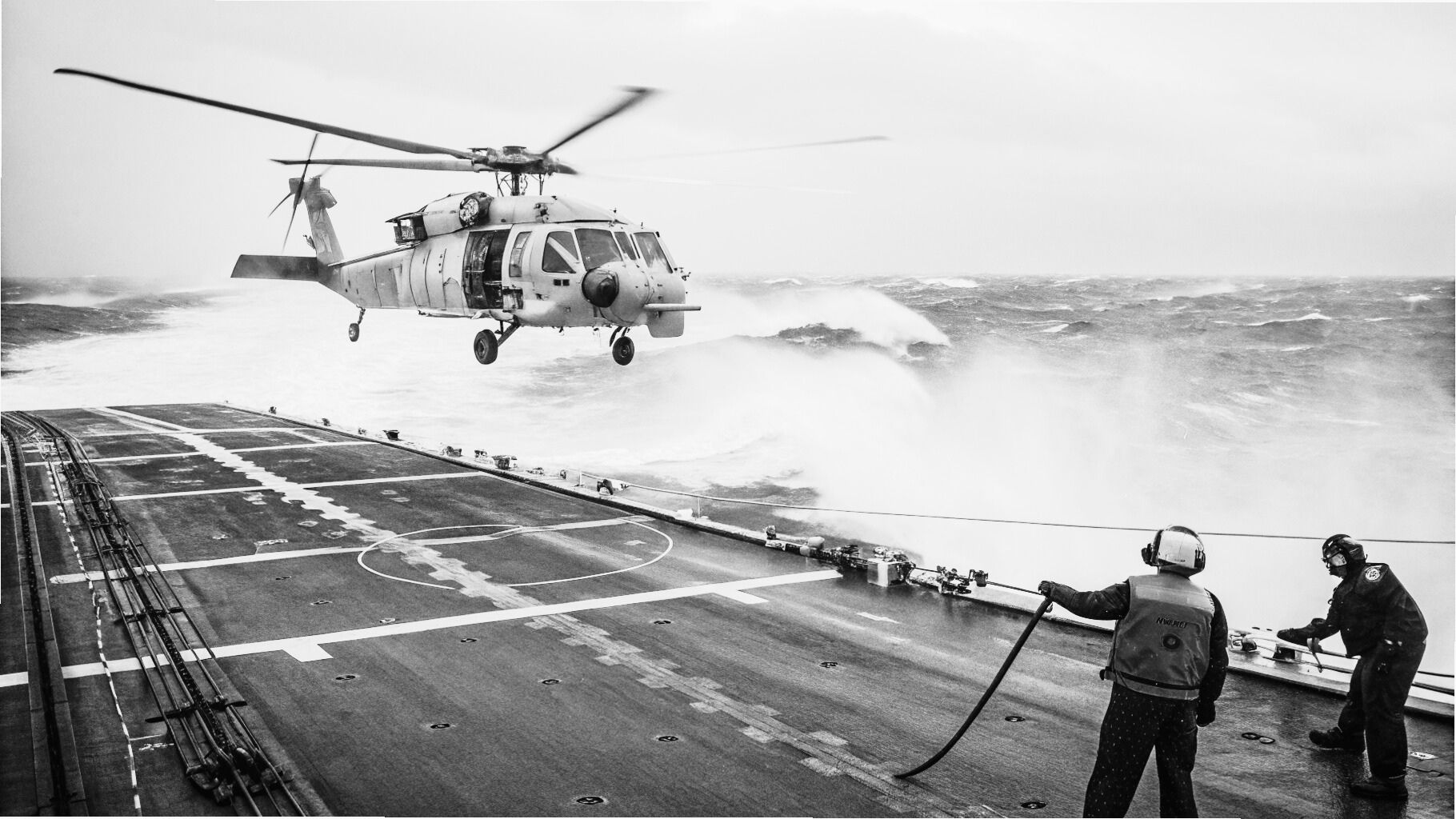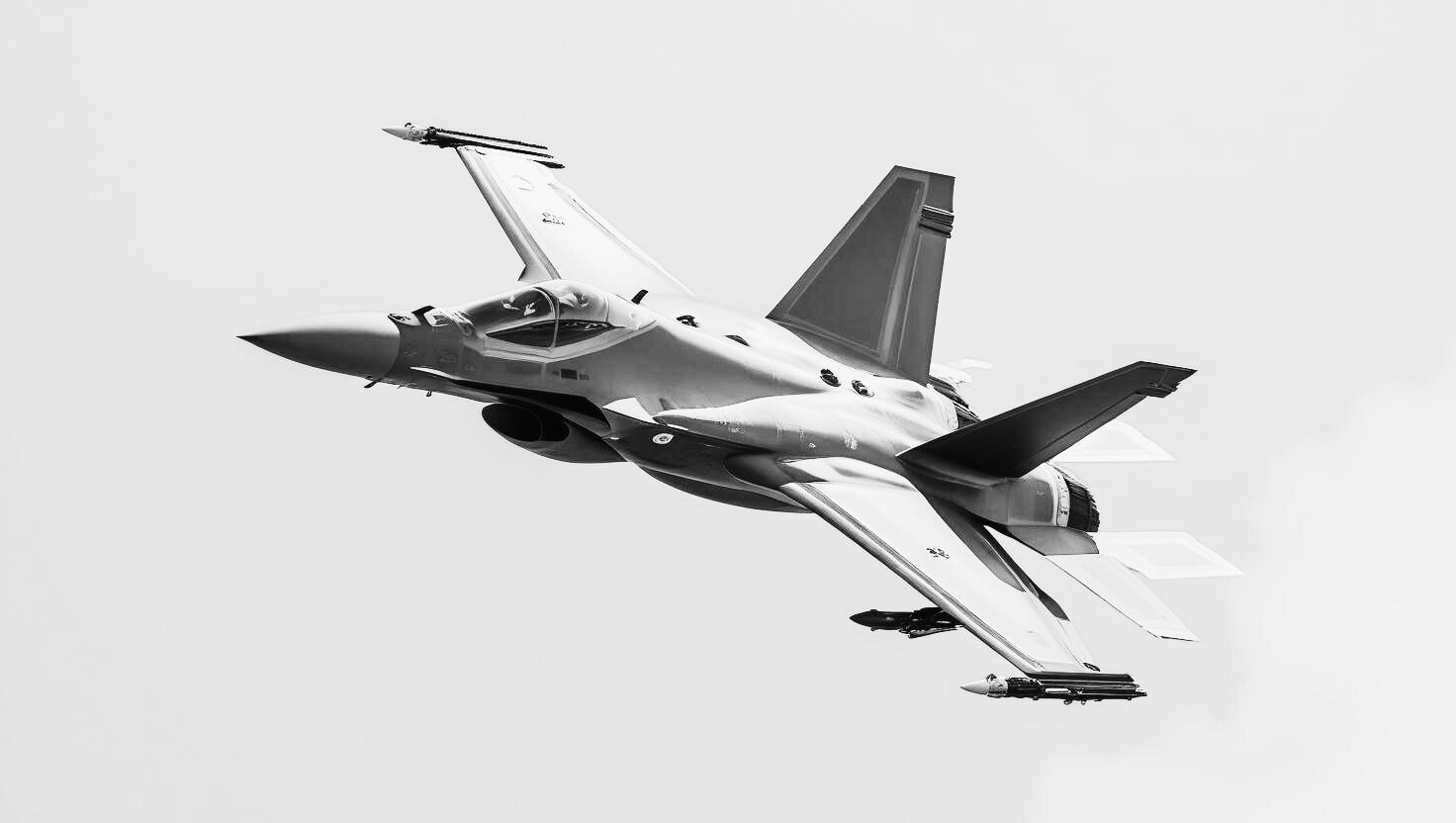
Lockheed Martin continues to transform tactical airlift with the C-130J Super Hercules and today announced a major advancement in wing structure testing, greatly surpassing expectations by validating an extended wing life and the exceptional structural integrity of the center wing box.
The wing structure testing revealed that the C-130J’s wings offer nearly 40% greater lifespan than originally projected and almost twice the specified design life. This extends the wing’s service life from an estimated 90,000 Equivalent Flight Hours to a remarkable 122,500, confirming the aircraft’s position as the world’s most capable tactical airlifter, ready to operate reliably in challenging environments for years to come.
Since 2009, all new C-130Js have been built with an Enhanced Service Life (ESL) center wing box, which provides the structural foundation for the wings and enhances durability. The ESL wing was engineered to more than double the original 45,000 Equivalent Flight Hours, potentially adding decades to the Super Hercules’ operational lifespan.
Funded and initiated by the U.S. Air Force and Royal Canadian Air Force, the recent wing testing subjected the components to simulated real-world stresses. The U.S. Air Force supplied an ESL center wing, two outer wings, and a center fuselage for the Wing Durability Test. Results after several years exceeded expectations, validating a wing life of 122,500 Equivalent Flight Hours.
Globally recognized as the premier tactical airlifter, the Super Hercules serves 28 operators in 23 countries. To date, more than 560 aircraft have been delivered and certified by over 20 airworthiness authorities, collectively achieving over 3 million flight hours.




